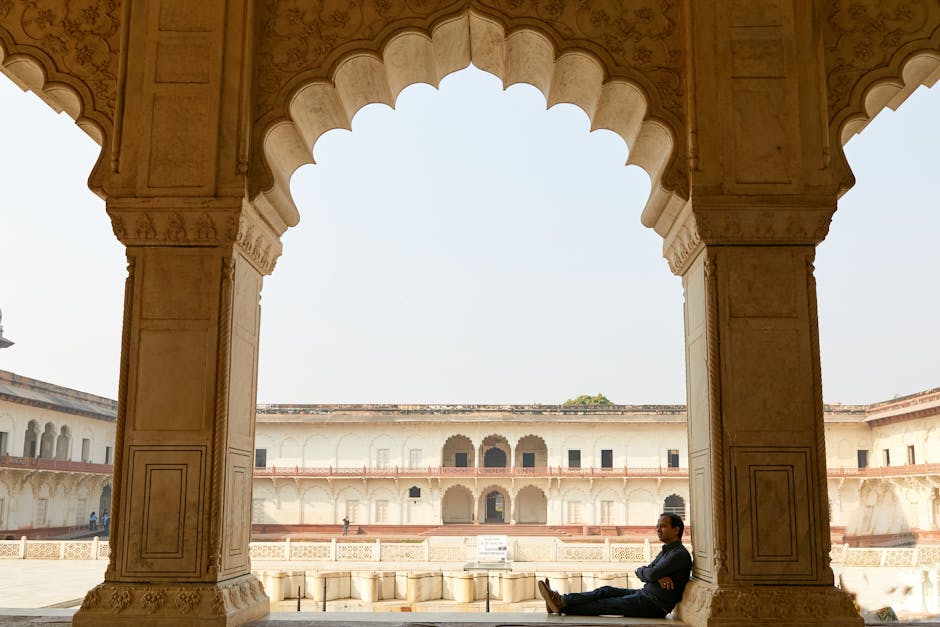A Museum Unlike Any Other
In a world where convenience often overshadows experience, the Museum of Solitude redefines art appreciation. Hidden high in the Himalayas, this cultural gem demands an eight-hour trek through rugged terrain, proving that the journey can be as meaningful as the destination.
The Vision Behind the Museum
Founded in 2021 by artist and mountaineer Arjun Mehta, the museum challenges the digital-heavy art world. “Art shouldn’t just be consumed—it should be earned,” Mehta explains. Perched at 3,800 meters in Spiti Valley, the restored 19th-century monastery showcases contemporary works themed around isolation, nature, and endurance.
The Trek: More Than Just a Hike
The path to the museum is a deliberate test of resolve. Visitors navigate unmarked trails, steep ridges, and rocky outcrops, encountering site-specific installations along the way. “The trek transforms you,” says art critic Priya Khanna. “By arrival, you’re part of the exhibit.”
Exhibits Shaped by Nature
Inside, the Himalayas frame every exhibit. Seasonal displays incorporate natural elements—like Whispers of the Snow, a sound installation capturing avalanche echoes, or The Weight of Silence, paintings that shift hue in the alpine light. “Here, art is alive,” says curator Nandini Rao.
Controversy: Is It Elitist?
Critics argue the museum excludes those unable to trek. Activist Rohit Verma calls it “exclusivity disguised as depth.” Mehta responds: “True accessibility is about intentionality. The experience changes those who undertake it.”
Inspiring Global Offshoots
The concept has spurred similar projects worldwide, from Rajasthan’s desert galleries to Kerala’s floating exhibits. Virtual tours are in development—though Mehta insists they’ll never replace the real journey.
Final Verdict: Art Worth the Effort
The Museum of Solitude is a defiant counter to instant gratification. Whether elitist or enlightening, it’s undeniably a pilgrimage for the soul.
Would you hike eight hours for art? Share your thoughts below!




